According to data from the Hubble and James Webb Space Telescope (JWST), the source of free photons in the early cosmic dawn was small dwarf galaxies that burst into life, clearing away the opaque hydrogen fog that shrouded intergalactic space.
They emit ionizing photons, which convert neutral hydrogen into plasma, playing a crucial role in the reionization of the universe.
“This discovery highlights the special role of ultrafaint galaxies in the formation of the early universe,” said astrophysicist Iryna Chemerynska of the Institute of Astrophysics in Paris.
When the universe was still in darkness
Immediately after the Big Bang, the universe was filled with hot, dense ionized plasma.
Light cannot penetrate because photons are constantly scattered by free electrons, leaving the universe in darkness.
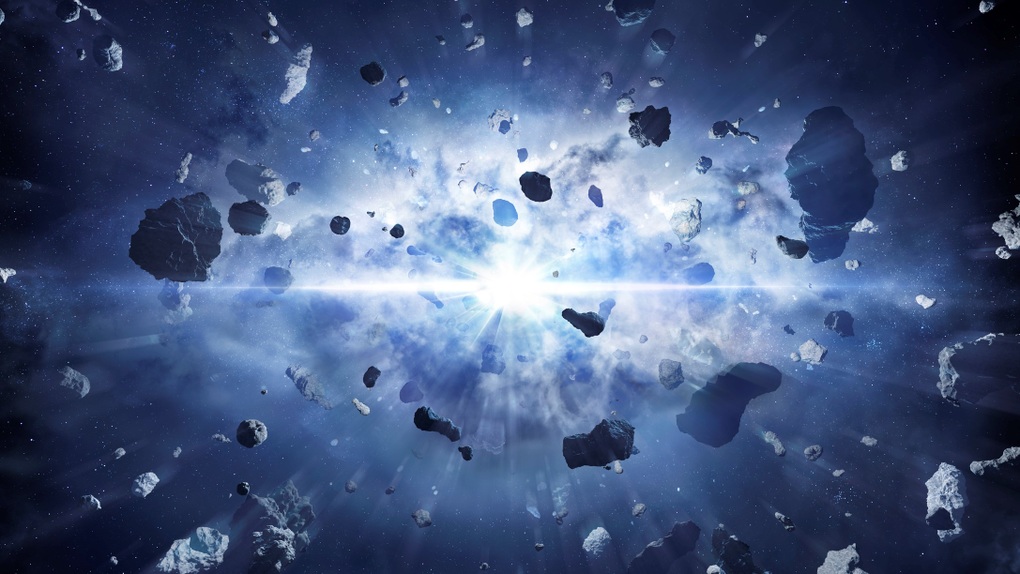
The Big Bang opened the evolutionary journey of the universe (Photo: Space).
About 300,000 years after the explosion, the universe gradually cooled, protons and electrons combined to form neutral hydrogen (with a small amount of helium).
At this time light could be transmitted through neutral medium, but the source of light was still very rare, from hydrogen and helium, the first stars were formed.
The intense light from the first stars stripped electrons from hydrogen atoms, turning gas in space into plasma and making the universe transparent so light could penetrate.
About 1 billion years later, the "cosmic dawn" period ended, and all the light in the universe was officially lit up.
The surprising role of dwarf galaxies
Observation of this stage is very difficult due to the great distance, dim light and cover by haze.
Previously, scientists thought that supermassive black holes or giant galaxies exploding with stars were the main source of energy.
JWST was designed to look deep into the cosmic dawn, finding dwarf galaxies as the key players.
An international team led by astrophysicist Hakim Atek of the Institute of Astrophysics of Paris analyzed data from the galaxy cluster Abell 2744, in conjunction with Hubble.
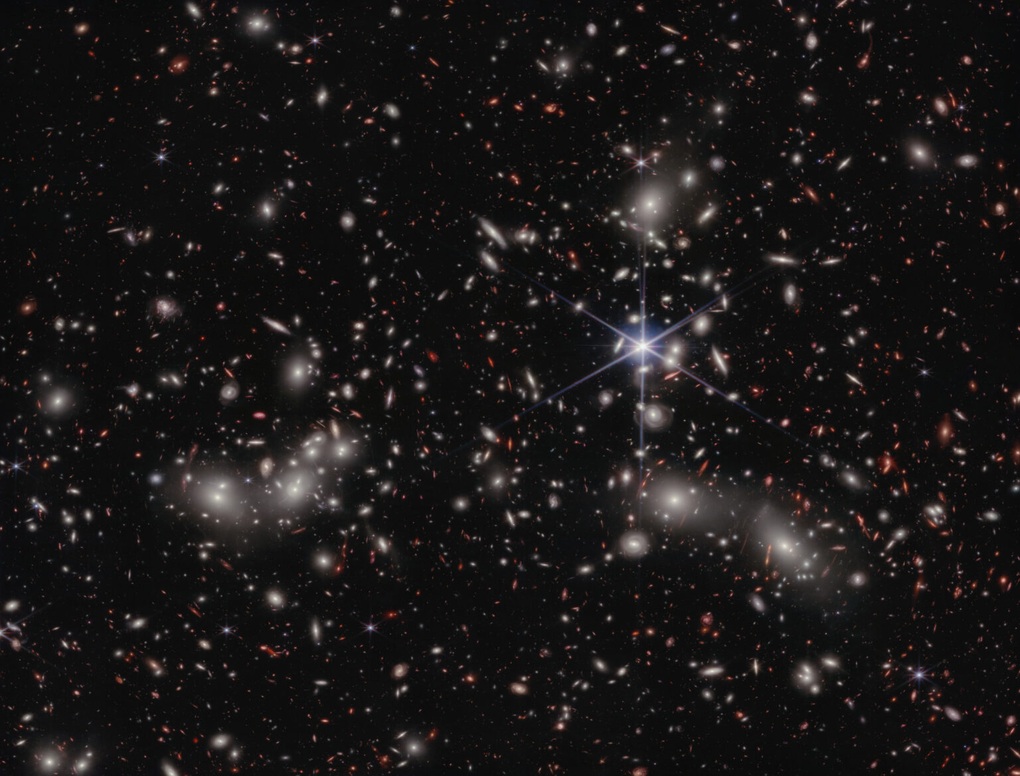
An estimated 50,000 near-infrared light sources are visible in the field of view of the cluster Abell 2744 (Image: NASA).
This galaxy cluster is so dense that it bends space-time, creating a cosmic lens effect that magnifies light from distant galaxies.
Thanks to that, scientists observed dwarf galaxies very close to the "cosmic dawn" period.
The results showed that not only are dwarf galaxies the most common type of galaxy, they are also much brighter than expected.
In fact, dwarf galaxies outnumber large galaxies by 100 times, and the total amount of ionizing radiation they emit is four times higher than that normally thought of as emitted by large galaxies.
“They are literally 'cosmic power plants', emitting radiation to re-ionize the entire universe,” Atek stressed.
These low-mass galaxies are the source of so much energetic radiation that their influence can change the entire state of the universe.
Source: https://dantri.com.vn/khoa-hoc/anh-sang-xuat-hien-tu-dau-khi-vu-tru-chim-trong-bong-toi-20251006074930452.htm



![[Photo] Parade to celebrate the 50th anniversary of Laos' National Day](/_next/image?url=https%3A%2F%2Fvphoto.vietnam.vn%2Fthumb%2F1200x675%2Fvietnam%2Fresource%2FIMAGE%2F2025%2F12%2F02%2F1764691918289_ndo_br_0-jpg.webp&w=3840&q=75)

![[Photo] Worshiping the Tuyet Son statue - a nearly 400-year-old treasure at Keo Pagoda](/_next/image?url=https%3A%2F%2Fvphoto.vietnam.vn%2Fthumb%2F1200x675%2Fvietnam%2Fresource%2FIMAGE%2F2025%2F12%2F02%2F1764679323086_ndo_br_tempimageomw0hi-4884-jpg.webp&w=3840&q=75)


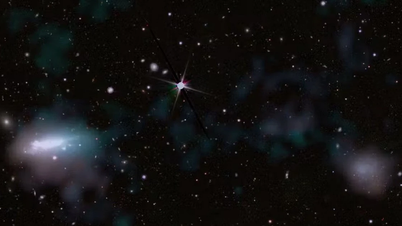

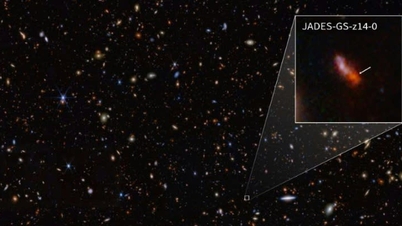

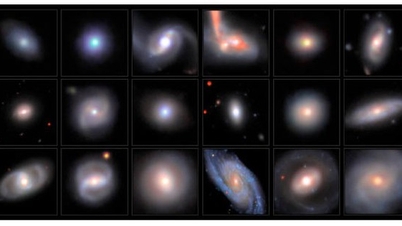


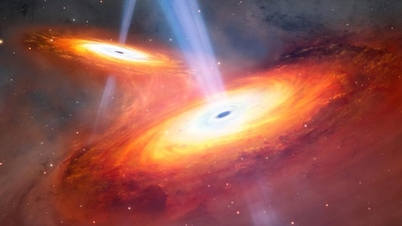
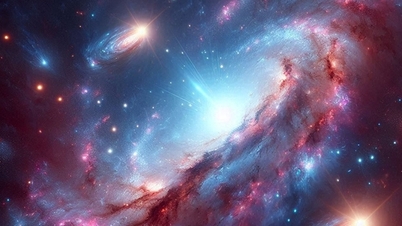



























































































Comment (0)